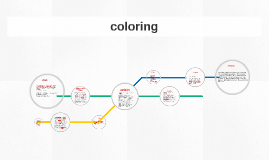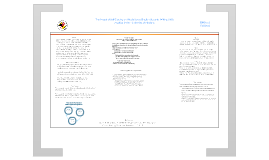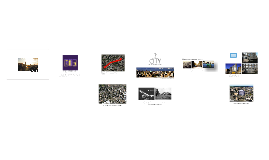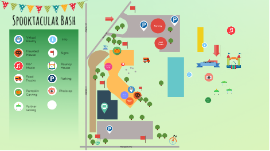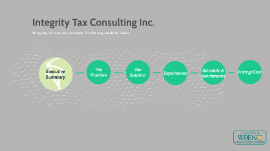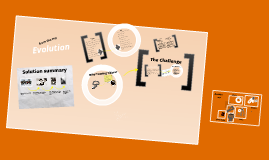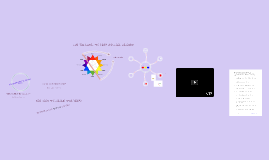colouring
Transcript: allergeys labels differences fruit loops ingredients- flours (rice, wholemeak wheat, whole grain barley,maize), sugar, salt, humectants (1520,422), maltodextin, minerals (iron), emulsifier(471, 433), antioxidant (ascorbic acid), natural flavour, colours (100,120,141,153,160b) colouring in food deffinition colouring in food is any dye, pigment or substance that imparts color when it is added to food or drink. They come in many forms consisting of liquids, powders, gels, and pastes. Food coloring is used both in commercial food production and in domestic cooking. Due to its safety and general availability, food coloring is also used in a variety of non-food applications including cosmetics, pharmaceuticals, home craft projects and medical devices. any compony with an incorrect label with be given a fine if the fine is not payed and the laben corrected by a certain time there product will be taken off store shelfs. coloring 4 items food and drink that has colouring in mostly are breakfast foods and sodas the colouring is added to make it taste and even look better to make people think about buying it and with the colour make people not only like the taste but also the look and structure of the food. Many processed foods, (candies, snack foods margarine, cheese, soft drinks, jams/jellies, gelatins, pudding and pie fillings) hold colour additives campbells cream of celery Ingredients: WATER, CELERY, CANOLA OR SOYBEAN OIL, WHEAT FLOUR, CREAM, MODIFIED CORN STARCH, SALT, MODIFIED MILK INGREDIENTS, MONOSODIUM GLUTAMATE, SOY PROTEIN CONCENTRATE, SPICE, ONION POWDER, BETA CAROTENE, FOOD COLOUR. 4 items FD&C Blue Nos. 1 and 2, FD&C Green No. 3, FD&C Red Nos. 3 and 40, FD&C Yellow No. 5 (tartrazine) and No. 6, Orange B, Citrus Red No. 2, annatto extract, beta-carotene, grape skin extract, cochineal extract or carmine, paprika oleoresin, caramel color, fruit and vegetable juices, saffron (Note: Exempt color additives are not required to be declared by name on labels but may be declared simply as colorings or color added) coca cola ingredients. carbonated purified water, cane suger, colour (caramel 150d), food acid(338), caffine food allergy causes an immune system reaction that affects numerous organs in the body. It can cause a range of symptoms. In some cases, an allergic reaction to a food can be severe or life-threatening. but food intolerance symptoms are generally less serious and often limited to digestive problems the womans and childrens hospital has a special area for people with allergis and they also try to help cure them as well. Address: 72 King William Rd, North Adelaide SA 5006 Phone: (08) 8161 7000 colour additive lables golden circle cordial Water, Sugar, Reconstituted Fruit Juices [Orange (24%), Mango Puree (1.0%)], Food Acid (Citric Acid), Flavours, Preservatives (Sodium Benzoate, Sodium Metabisulphite), Sweetener (Sucralose), Food Colour. 4 items 4 items






